Visiting a Shrine on New Year’s Day Wearing a Kimono in Kyoto
Experience the magical tradition of hatsumōde in Japan’s ancient capital
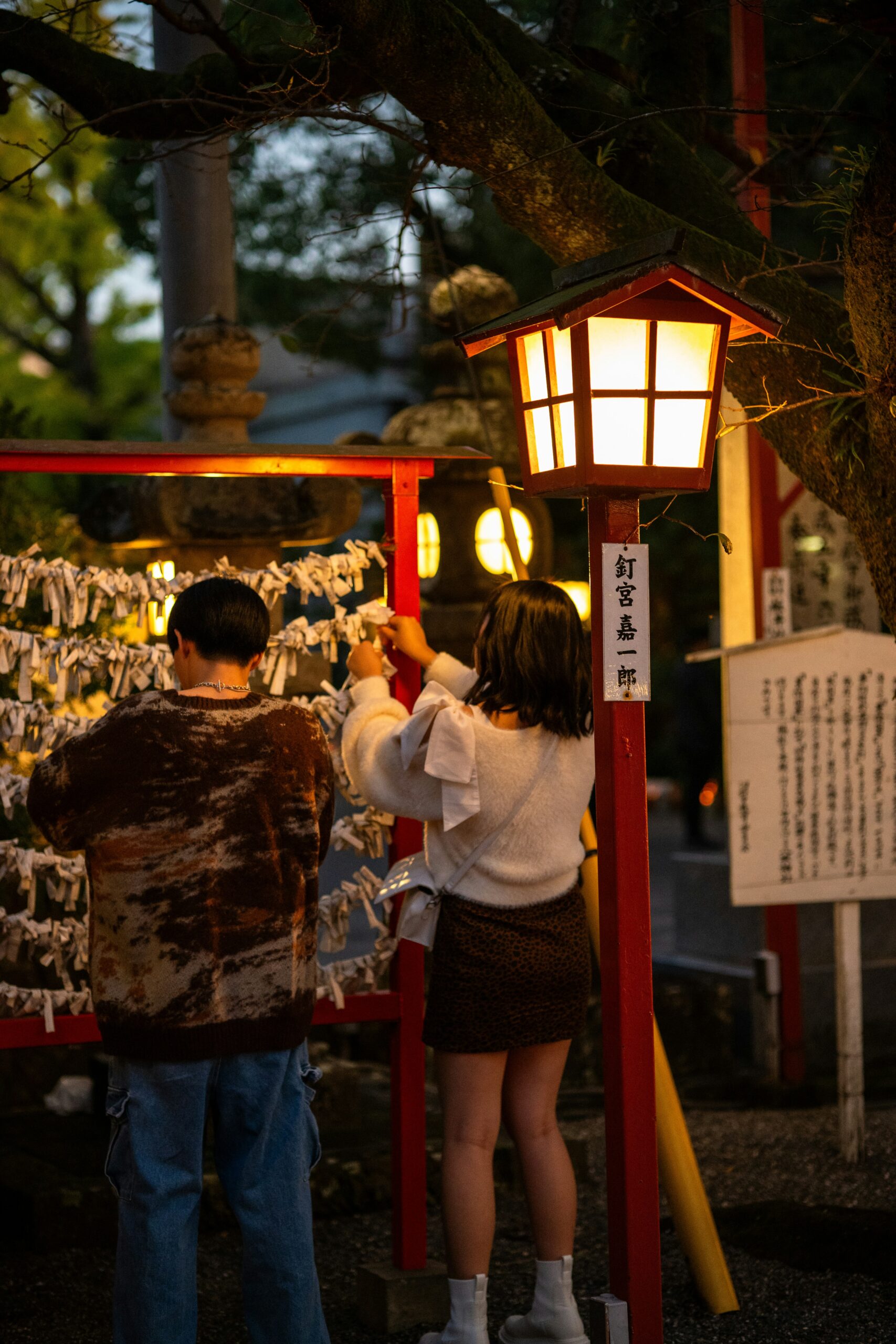
New Year’s Day in Japan, known as Oshōgatsu (お正月), is one of the most important celebrations of the year. Families gather, businesses close, and millions of people head to shrines and temples for hatsumōde—the first shrine visit of the year. In Kyoto, a city famous for its cultural heritage, this tradition takes on a special charm when combined with the beauty of the kimono.
In this article, we’ll explore the traditions of visiting shrines in Kyoto during New Year’s, the meaning of hatsumōde, the cultural significance of the kimono, and practical tips for travelers who want to experience this magical event.
If you want to capture this unforgettable experience in professional photographs, you can book a session here: AllPhotos Kyoto.
- 1. What is Hatsumōde?
- 2. Why Kyoto is the Best Place for New Year’s Shrine Visits
- 3. The Cultural Significance of Wearing a Kimono
- 4. Top Shrines in Kyoto to Visit on New Year’s Day
- 5. Step-by-Step: How to Experience Hatsumōde in Kimono
- 6. What to Expect During a Shrine Visit
- 7. Practical Tips for Tourists
- 8. Best Places to Rent a Kimono in Kyoto
- 9. Capturing the Moment: Photography Tips
- 10. Conclusion
1. What is Hatsumōde?
Hatsumōde (初詣) is the Japanese custom of visiting a shrine or temple at the beginning of the year. It is a time to:
- Pray for good fortune, health, and success
- Purchase omamori (protective charms)
- Draw omikuji (fortune slips)
- Cleanse oneself spiritually with rituals
For centuries, this practice has symbolized renewal and fresh beginnings. Kyoto, with its countless historic shrines and temples, is one of the most authentic places to take part in this tradition.
2. Why Kyoto is the Best Place for New Year’s Shrine Visits
Kyoto was Japan’s capital for over a thousand years. The city is home to more than 1,600 Buddhist temples and 400 Shinto shrines, many of which are UNESCO World Heritage sites.
Visiting a shrine in Kyoto on New Year’s Day is special because:
- The city preserves traditions that have been passed down for centuries.
- Shrines are surrounded by beautiful seasonal landscapes.
- Locals and tourists alike dress in kimono, creating a unique atmosphere.
Unlike the bustling crowds in Tokyo, Kyoto offers a more traditional and serene experience—although some famous shrines still attract thousands of visitors.
3. The Cultural Significance of Wearing a Kimono
The kimono is a symbol of Japanese heritage. Wearing it during hatsumōde adds depth to the experience:
- Formality: New Year is one of the most formal and sacred holidays.
- Elegance: The kimono enhances the festive atmosphere with its colors and designs.
- Connection to tradition: Visitors wearing kimono are not just observers but participants in Japanese culture.
Many young women wear furisode (long-sleeved kimono), while men may wear montsuki haori hakama. Tourists are also welcome to rent kimonos and join the tradition.
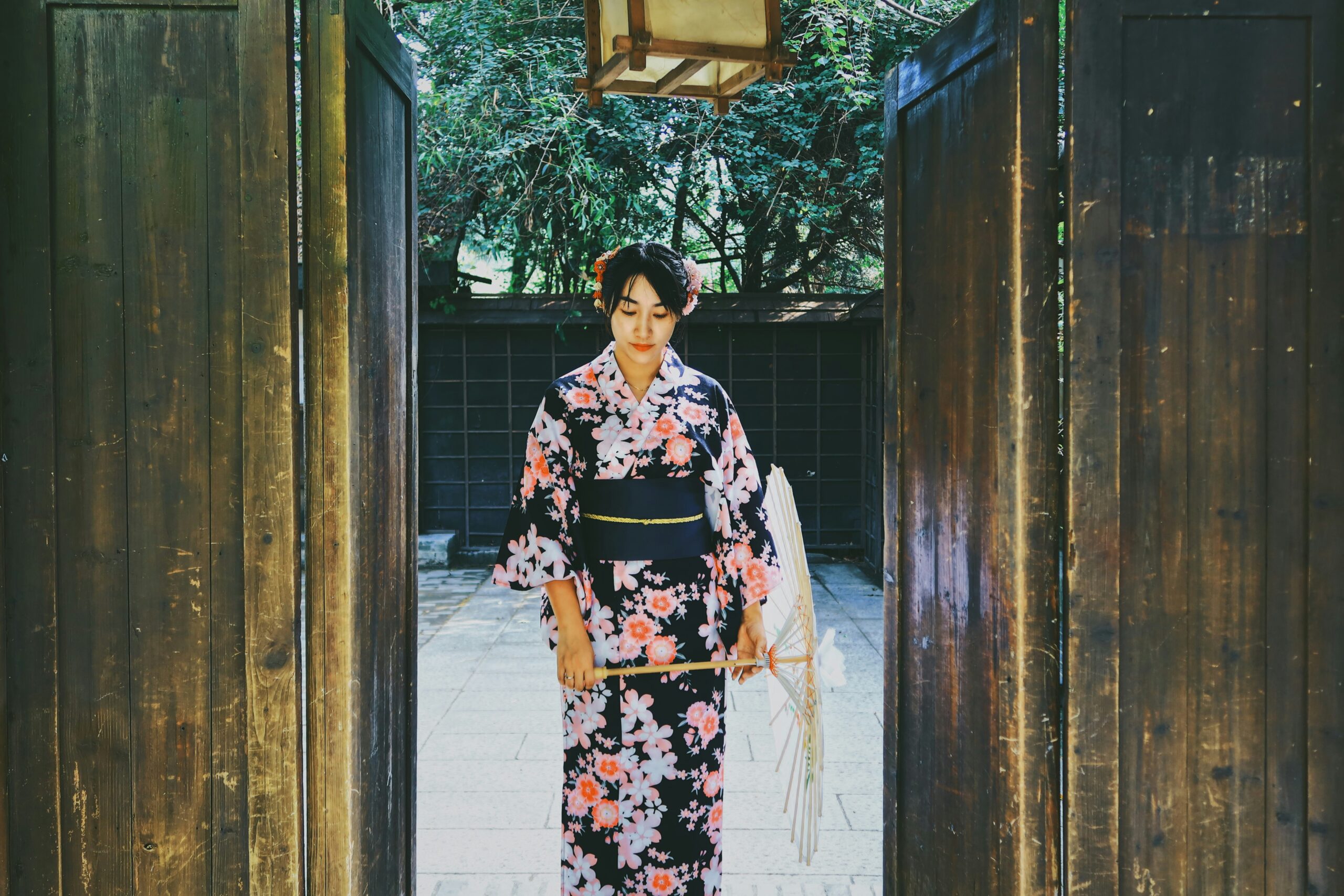
4. Top Shrines in Kyoto to Visit on New Year’s Day
Fushimi Inari Taisha (伏見稲荷大社)
- Famous for its thousands of red torii gates.
- Open 24/7, attracting millions of visitors during New Year.
- Visitors pray for success in business and studies.
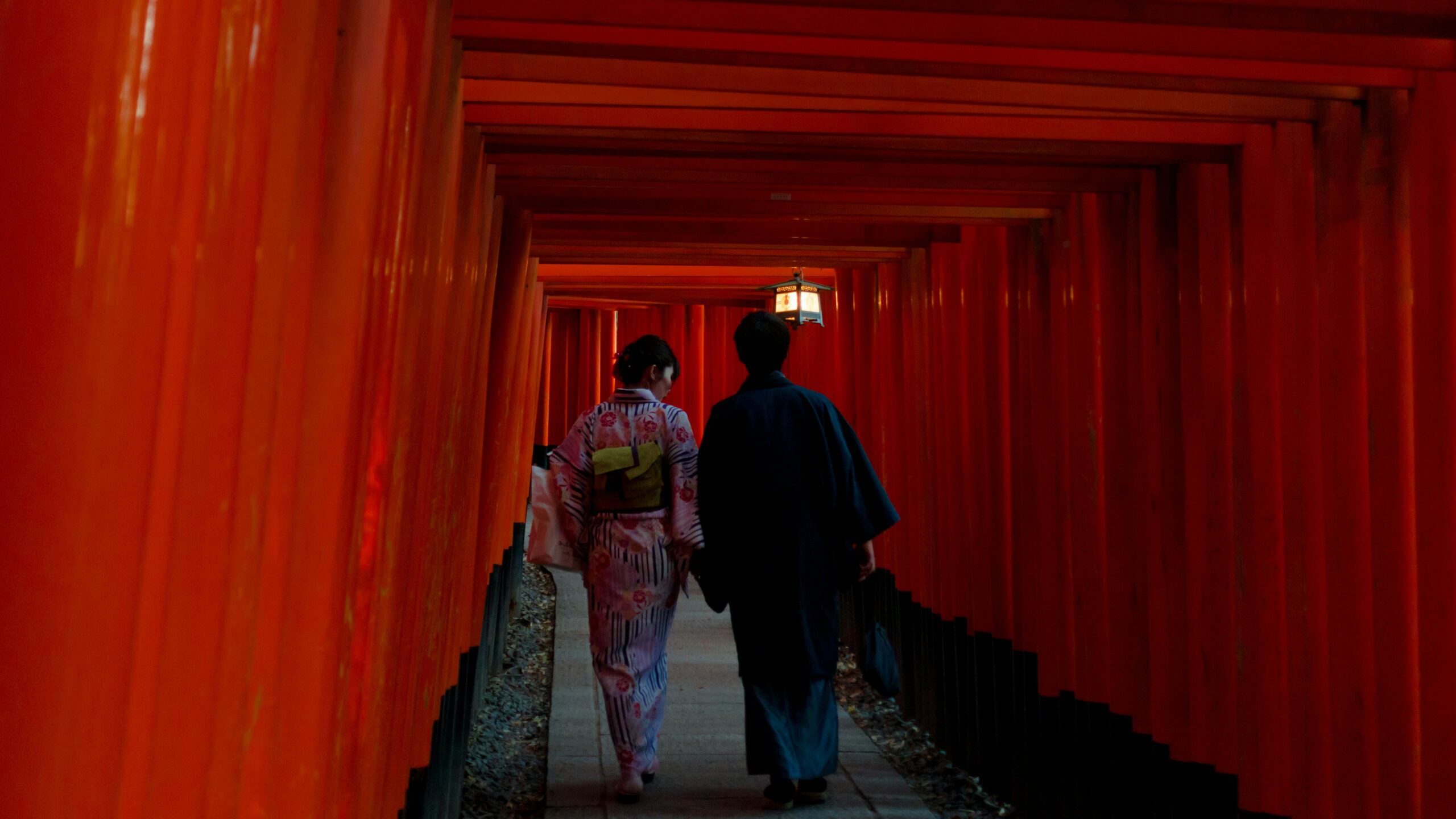
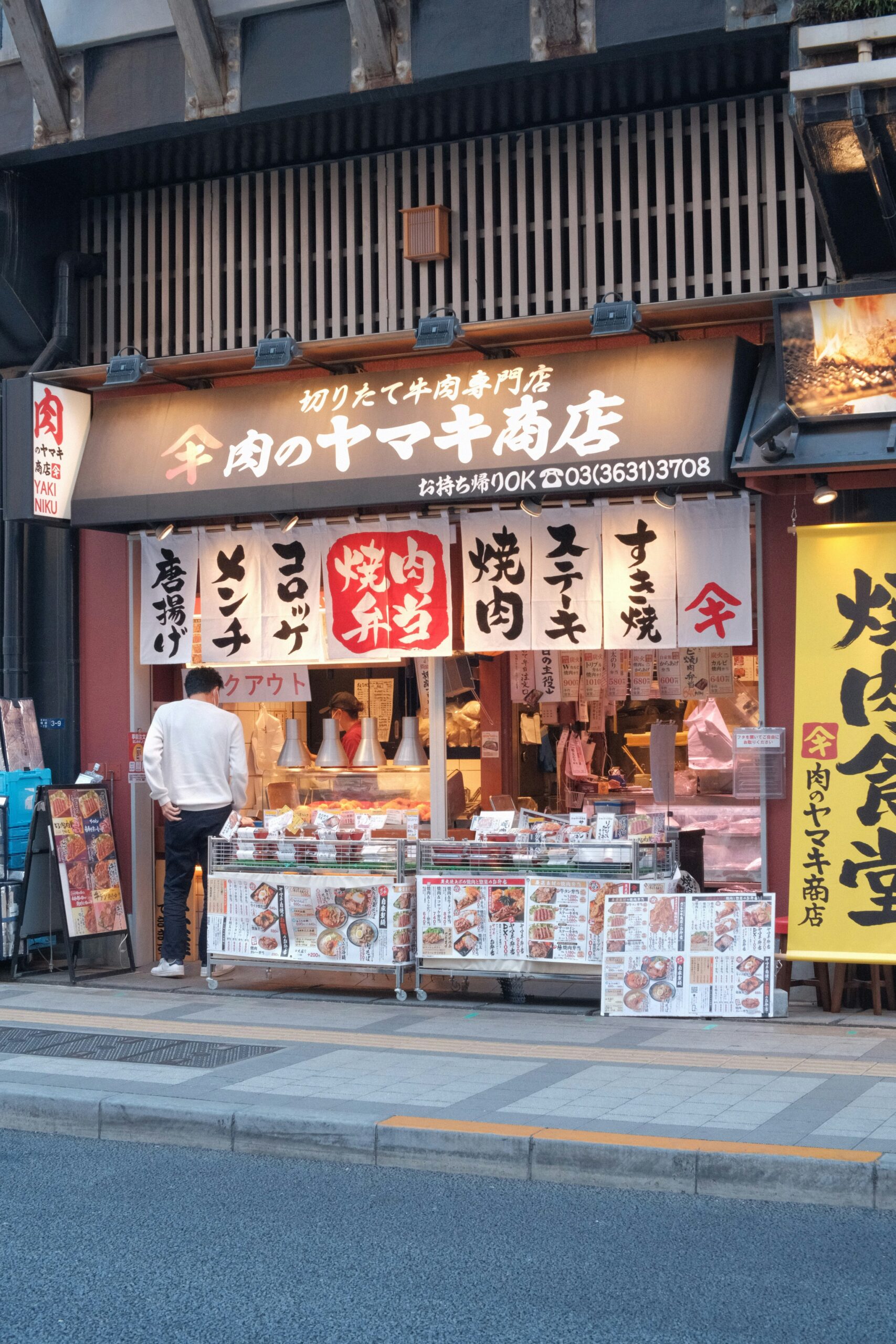
Yasaka Shrine (八坂神社)
- Located in the heart of Gion.
- Known for its lanterns that glow beautifully at night.
- A popular spot for locals to ring in the new year.
Kiyomizu-dera (清水寺)
- A UNESCO site with a breathtaking wooden stage overlooking Kyoto.
- Offers an unforgettable atmosphere for reflection and prayer.
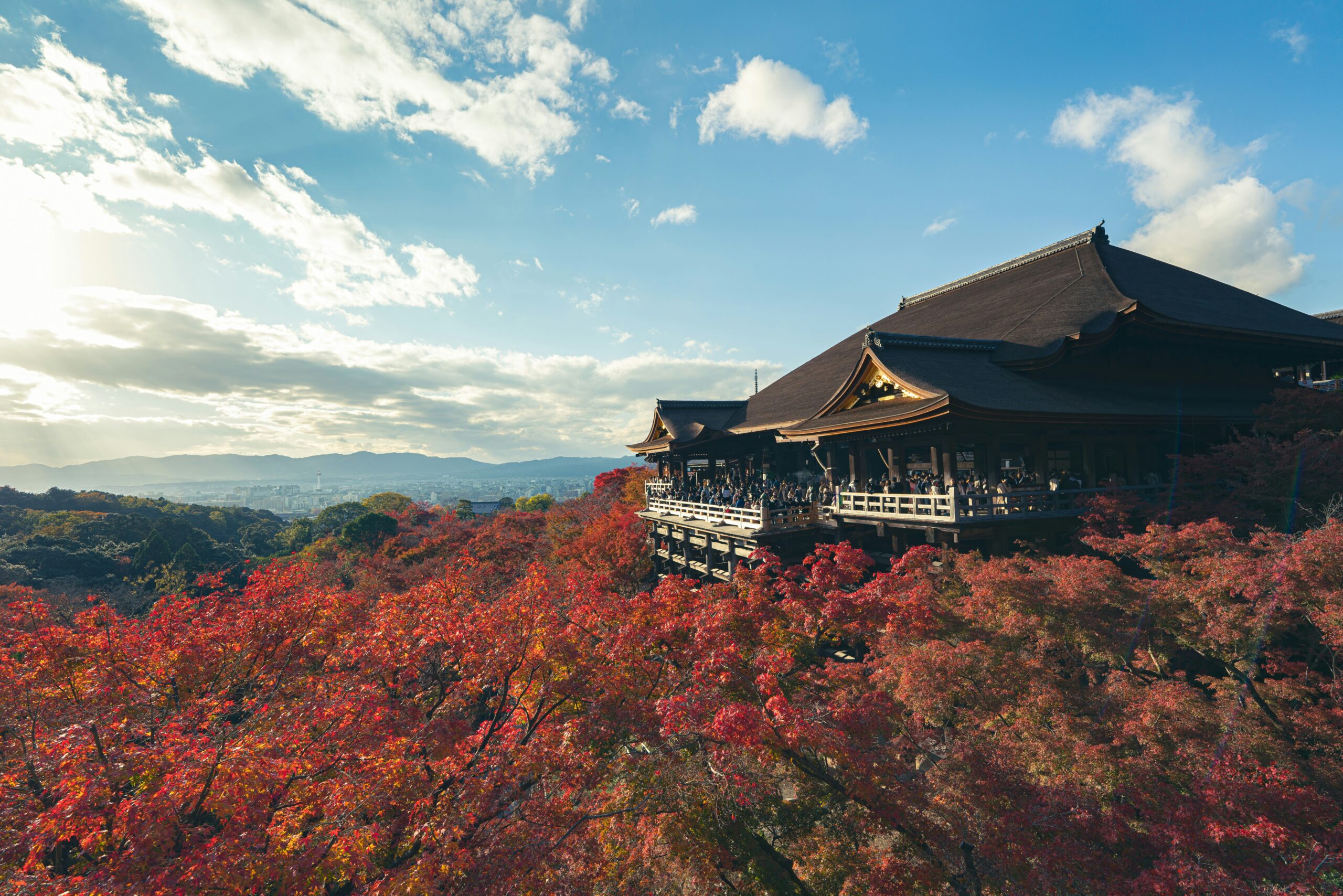
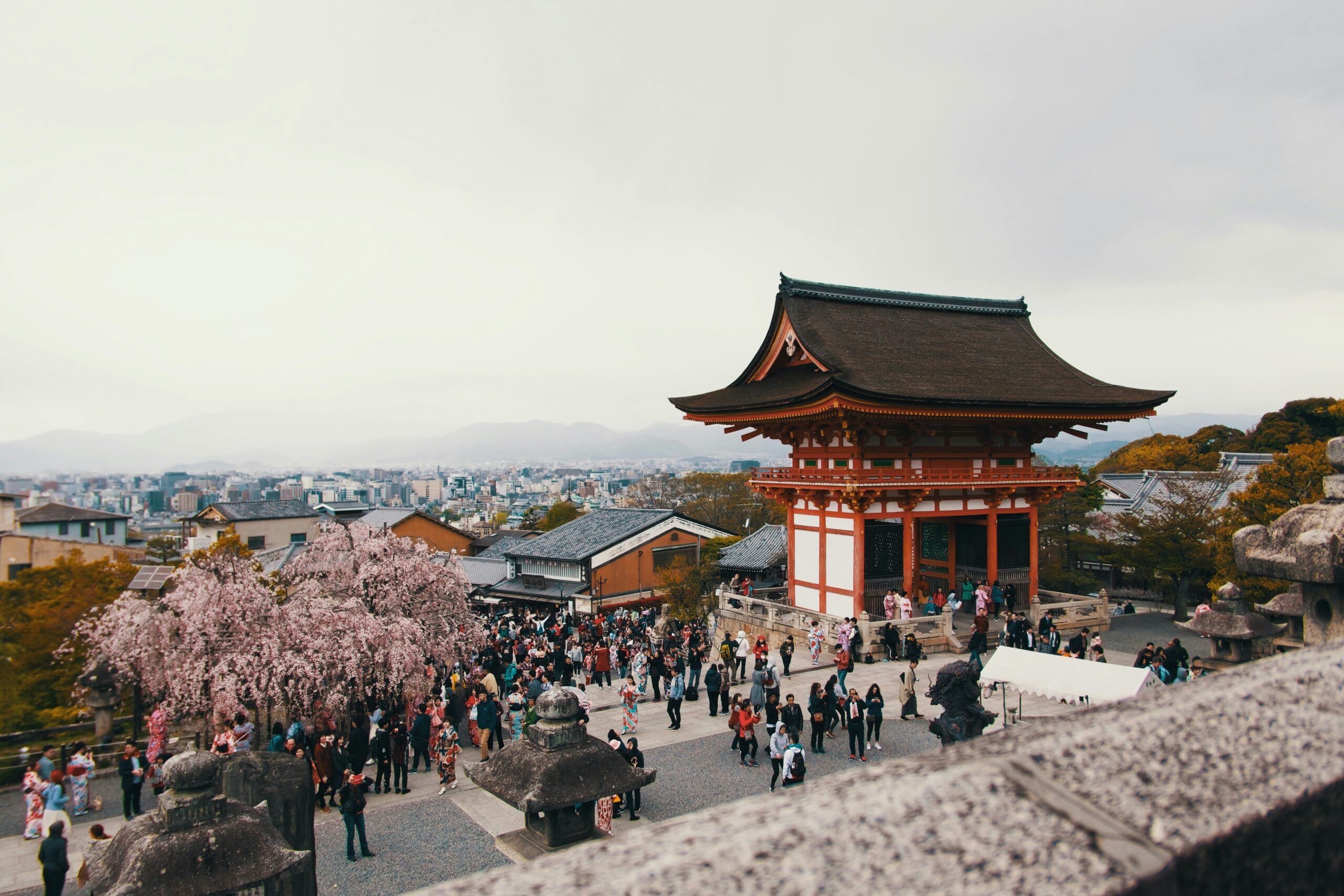
Heian Shrine (平安神宮)
- Recognizable for its giant red torii gate.
- Known for its spacious grounds and gardens.
- A must for photography lovers.
Kitano Tenmangu (北野天満宮)
- Dedicated to the god of learning, Sugawara no Michizane.
- Popular with students praying for academic success.
5. Step-by-Step: How to Experience Hatsumōde in Kimono
- Rent a kimono at a local shop in Kyoto.
- Choose a shrine—early morning is best to avoid crowds.
- Purify yourself at the shrine’s water basin (wash hands and mouth).
- Make an offering at the main hall (throw a coin, bow twice, clap twice, bow once).
- Draw an omikuji to receive your fortune.
- Purchase omamori for protection and luck throughout the year.
- Take photos—Kyoto shrines are some of the most photogenic places in Japan.
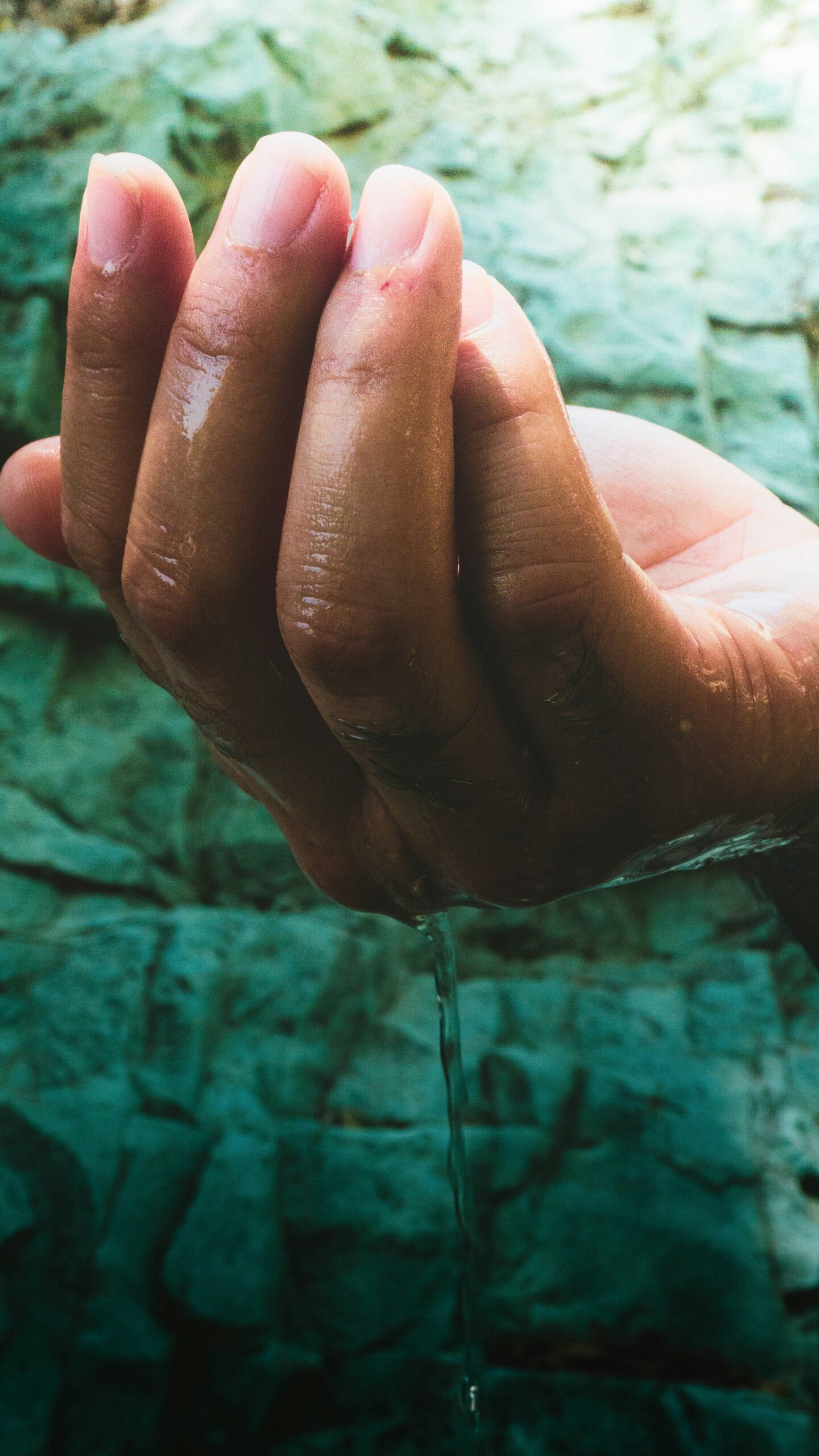
6. What to Expect During a Shrine Visit
- Crowds: Famous shrines like Fushimi Inari will be packed.
- Food stalls: You’ll find seasonal street food like takoyaki, taiyaki, and amazake (sweet rice drink).
- Atmosphere: A blend of solemn prayer and festive excitement.
7. Practical Tips for Tourists
- Arrive early to avoid long lines.
- Wear warm layers under your kimono—Kyoto winters are cold.
- Cash only: Many shrines do not accept credit cards.
- Respect traditions: Follow purification rituals and behave respectfully.
8. Best Places to Rent a Kimono in Kyoto
Some of the most reputable kimono rental shops in Kyoto include:
- Kimono rental shops in Gion district
- Stores near Kiyomizu-dera and Yasaka Shrine
- AllPhotos Kyoto: A perfect option that combines kimono rental with professional photography sessions.
9. Capturing the Moment: Photography Tips
- Golden hour (early morning or sunset) provides the best natural light.
- Frame your photo with iconic backgrounds such as torii gates, pagodas, or temple gardens.
- Professional photographers (like AllPhotos Kyoto) know the hidden spots where tourists rarely go.
10. Conclusion
Visiting a shrine in Kyoto on New Year’s Day while wearing a kimono is more than just sightseeing—it’s an immersion into Japan’s cultural soul. You’ll join locals in one of their most meaningful traditions, walk through historic shrines, and feel the beauty of Japanese heritage all around you.
If you want to make this moment unforgettable, don’t forget to book a kimono and photography experience at AllPhotos Kyoto.


コメント